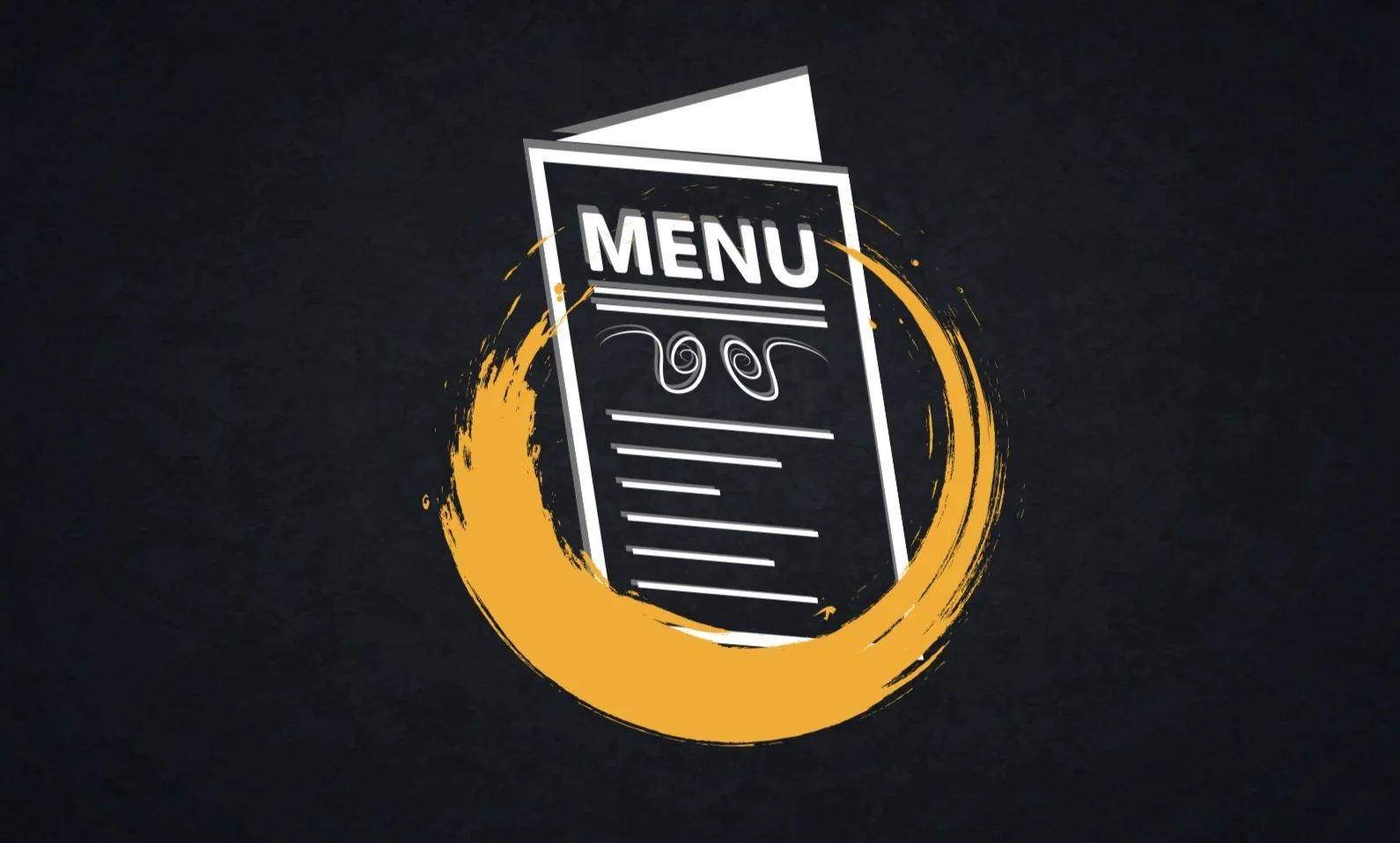By Alex Reed, Editor in chief of Bodyketosis.com
Running a restaurant is an impressive feat. The industry is fierce one, and competition runs hot. Predicting and staying up to date on the latest food trends puts restaurants one step ahead of the game. One particular trend that is dominating the health sphere is the ketogenic diet.
Business entrepreneurs have already capitalized on the movement, creating products catered to this demographic and it’s predicted that the restaurant industry is next.
Read on to see why your restaurant should have a keto-friendly menu and how to do it.
Keto is Here to Stay
As a restaurant owner, ignoring the keto movement won’t do your business any favors. In terms of diets, the spotlight is on ketogenic. Books promoting keto are filling bookstores, the diet is infiltrating the podcast sphere, and all over Instagram. Social media influencers are not only promoting the diet but keto-friendly products as well. It seems that the keto movement exploded almost over-night in the media.
Like all other overnight sensations, many view keto as another diet fad to go just as quickly as it came. As a restaurant owner, it’s important to decipher fads from food trends, to conduct market research, and predict if the investment to cater to a new market is worth it. Industry stats are showing that keto isn’t going anywhere. In fact, the keto movement is expected to scale.
The Growth in Keto Popularity
The ketogenic diet food market reached 2.5 billion in 2018 and its predicted to increase each year until at least 2024. Adopting a keto-friendly menu early on gives restaurants a huge advantage over competitors. By supporting the keto community, you will establish a strong customer base and creating a large foundation for trust which is invaluable for creating a return on investment as the movement grows.
Adapting your menu to match the macronutrient profile of the keto diet opens up a brand new, fresh market while still keeping current guests happy and satisfied. The ketogenic diet is essentially a high fat, low carbohydrate diet. In an average day, someone on keto will eat 75% of calories from fat, 20% from protein and 5% from carbohydrates. These ratios can vary, but the main point is that people on the keto diet eat a lot of fat. When fat intake is increased and carbohydrates are kept to a minimum- the body goes into a state of ketosis. This state uses fat for energy as opposed to sugar.
Being in ketosis is the goal of the diet and is responsible for the health benefits. By giving customers the option to swap out carbohydrates for healthy fat on your daily menu (more on that in a second), restaurants that can help people stay in ketosis will have satisfied customers coming back time and time again.
An Untapped Market: Why Going Keto-Friendly Will Increase Restaurant Business
When it comes to eating, many in the keto community opt to cook their own meals instead of dining out. This is because of the lack of keto-friendly options at most popular restaurants. This provides a key opportunity for ambitious restaurant owners who want to revolutionize the industry, set a new standard, and be one step ahead of the game.
As a solution to this problem, some restauranteurs in larger cities are beginning to open up “Keto Cafes.” These solely target guests who follow the keto diet. While this is a step in the right direction, and great for keto diet advocates, it’s not ideal for group outings that include those who follow a standard diet.
What if you could appeal to both markets -- keto and non-keto? At the pinnacle of the gluten-free movement, those who chose to limit gluten in their diet also had limited choices when it came to dining out. Fast forward to today, the average restaurant caters to this crowd by promoting GF options with a symbol and offering substitutes such as buns and pizza crust.
There’s good news: creating a keto-friendly menu is just as easy. With the way the keto movement is predicted to grow, it won’t be long before menus across the board are showcasing high fat, low carb meals and offering quick substitutions to make many meals keto-friendly. Why not be a leader in the field and set an example with these easy menu ideas?
How to Build a Keto-Friendly Restaurant Menu
You might be surprised that some classic menu items are already ketogenic. Great examples are meat and seafood dishes that are served with vegetables and salad, as well as omelets and chicken wings without breading. However, many meals can be made keto-friendly.
Check out the chart below with easy ideas to jumpstart your inclusive menu!
We are living in an era of personalized nutrition. Having menu items that speak to a wide variety of dietary preferences is an insurance policy for keeping current guests and bringing in new ones. The ketogenic lifestyle extends far beyond a fad diet; it’s here to stay. By including keto-friendly options, you open up a market that is virtually untapped in the restaurant business.
A few simple tweaks, and you could be the talk of the keto community!
About the Author
Alex Reed is editor in chief of Bodyketosis.com, an author, low-carb enthusiast and a recovering chubby guy who reclaimed his health using the ketogenic lifestyle. The need for the keto life began after his aunt and cousin were diagnosed with type 2 diabetes and he was next in line. Through personal experience and extensive scientific research, Alex offers insightful tips for everything keto.












